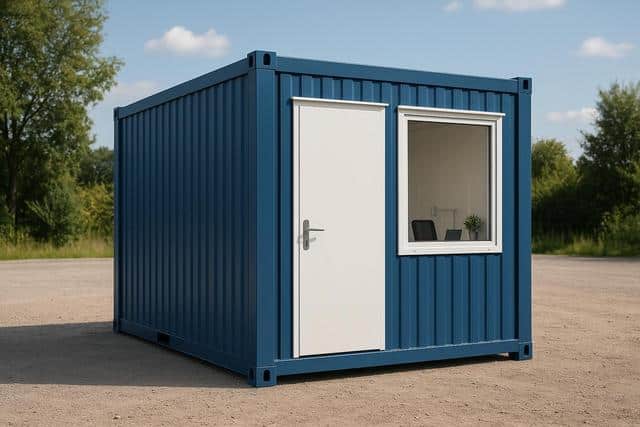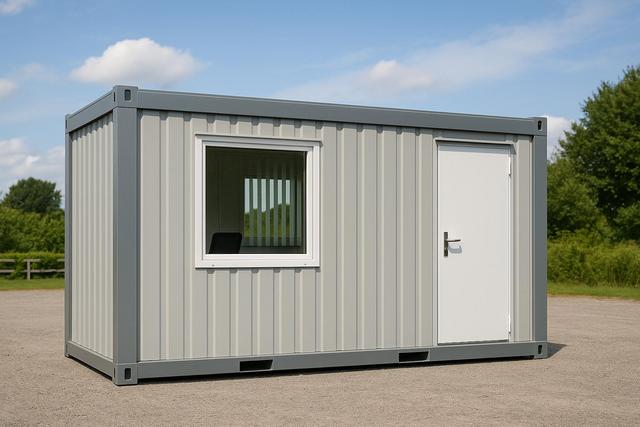
How to Build a Sustainable Wardrobe: A Beginner’s Guide
Building a sustainable wardrobe can seem like a daunting task for beginners, but with the right guidance, it can transform how you approach fashion while benefiting the environment.
In recent years, sustainable fashion has gained momentum as more people recognize the impact of their clothing choices on the environment. This guide will delve into practical steps to help you create a wardrobe that aligns with sustainable principles. We’ll explore expert insights, relevant statistics, and personal experiences to provide a comprehensive understanding of how to make your wardrobe more eco-friendly.
Understanding Sustainable Fashion
Sustainable fashion focuses on reducing the environmental impact of clothing production and consumption. According to a report by the Ellen MacArthur Foundation, the fashion industry produces around 92 million tonnes of textile waste annually, a significant contributor to environmental degradation. Embracing a sustainable wardrobe means making conscious decisions about the clothes you buy, wear, and dispose of.
Expert Insights
Fashion expert Lucy Siegle emphasizes, “Fast fashion is not free. Someone, somewhere is paying.” This underscores the importance of considering the ethical implications of our fashion choices.
Steps to Build a Sustainable Wardrobe
Audit Your Existing Wardrobe
Start by assessing what you already own. Identify pieces you wear frequently and items that no longer serve you. This process helps in understanding your style and needs.
Invest in Quality Over Quantity
Opt for garments that are made to last. Investing in higher-quality pieces reduces the need to replace items frequently, ultimately minimizing waste.
Choose Ethical Brands
Research brands that prioritize ethical production practices. Many companies now use sustainable materials and ensure fair labor conditions.
Thrift and Vintage Shopping
Exploring second-hand shops and vintage stores is an excellent way to find unique pieces while reducing demand for new clothing production.
Proper Care and Maintenance
Extend the life of your clothing by following care instructions and repairing items when needed. This helps reduce the environmental footprint of your wardrobe.
Comparison Table: Fast Fashion vs. Sustainable Fashion
| Aspect | Fast Fashion | Sustainable Fashion |
|---|---|---|
| Production Speed | Rapid | Moderate |
| Environmental Impact | High | Low |
| Quality | Low | High |
| Cost | Low | Varies |
| Labor Practices | Often Poor | Ethical |
| Longevity | Short | Long |
| Waste Production | High | Low |
| Material Source | Synthetic | Natural/Recycled |
FAQs
How can I ensure the brands I choose are sustainable?
Research brands through their websites and third-party certifications like Fair Trade or B Corp to verify their sustainability claims.
What materials are considered sustainable?
Look for organic cotton, Tencel, hemp, and recycled materials, as these have less environmental impact compared to conventional fabrics.
Conclusion
Building a sustainable wardrobe is a journey, not a destination. By auditing your current collection, prioritizing quality, and choosing ethical brands, you can significantly reduce your environmental impact. Remember, every small step counts towards a more sustainable future. Start today by implementing these practical tips and join the movement towards conscious fashion choices.


